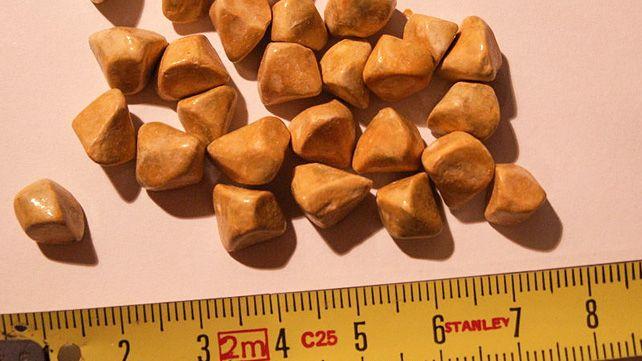
What treatments are available for gallstones?
Understanding Gallstones: Causes, Symptoms, Treatment, and Prevention
Gallstones are a common health issue that affect millions of people worldwide. While they may not always cause symptoms, their presence can lead to significant discomfort and complications. In this comprehensive guide, we will explore what gallstones are, their causes, symptoms, treatment options, and practical tips for prevention.
What Are Gallstones?
Gallstones are solid particles that form in the gallbladder, a small organ located under the liver that stores bile. Bile is a digestive fluid that helps in the breakdown of fats. Gallstones can vary in size from as small as a grain of sand to as large as a golf ball and can be composed of cholesterol or bilirubin.
Types of Gallstones
- Cholesterol Gallstones: The most common type, formed primarily of hardened cholesterol.
- Pigment Gallstones: Smaller, darker stones made of bilirubin, often associated with liver cirrhosis or certain blood disorders.
Causes of Gallstones
Gallstones form when there is an imbalance in the substances that make up bile. Here are some common causes:
- Excess Cholesterol: When your liver excretes more cholesterol than bile can dissolve, it can crystallize and form stones.
- Bilirubin Overproduction: Conditions that cause the liver to produce too much bilirubin can lead to pigment gallstones.
- Concentrated Bile: If your gallbladder does not empty efficiently, bile can become overly concentrated, contributing to stone formation.
Risk Factors
Several factors increase the risk of developing gallstones, including:
- Being overweight or obese
- Being female, especially those who are pregnant or on hormone replacement therapy
- Age (risk increases with age)
- Family history of gallstones
- Rapid weight loss or fasting
- High-fat, high-cholesterol, or low-fiber diet
Symptoms of Gallstones
Not everyone with gallstones experiences symptoms. However, when symptoms do occur, they can include:
- Severe pain in the upper right abdomen
- Pain between the shoulder blades
- Pain in the right shoulder
- Nausea or vomiting
- Indigestion, bloating, or gas after meals
When to Seek Medical Attention
If you experience sudden and intense abdominal pain, especially if it’s accompanied by fever, chills, or jaundice (yellowing of the skin and eyes), it’s essential to seek medical attention immediately.
Diagnosis
Diagnosing gallstones typically involves:
- Ultrasound: The most common imaging test used to detect gallstones.
- CT Scan: Provides detailed images and can help identify complications related to gallstones.
- MRCP: A special type of MRI that focuses on the bile ducts.
Treatment Options for Gallstones
Treatment for gallstones depends on the severity of symptoms and the type of gallstones present. Here are some common treatment options:
1. Watchful Waiting
If gallstones are asymptomatic, doctors may recommend a watchful waiting approach, monitoring the condition without immediate treatment.
2. Medications
Certain medications can help dissolve cholesterol gallstones, but they may take months or years to be effective and are not suitable for everyone.
3. Surgery
If gallstones cause recurrent pain or complications, surgical options include:
- Laparoscopic Cholecystectomy: The most common surgery where the gallbladder is removed through small incisions.
- Open Cholecystectomy: A more invasive surgery for complicated cases, requiring a larger incision.
Benefits of Early Diagnosis and Treatment
Early diagnosis and treatment of gallstones can prevent complications such as:
- Cholecystitis (inflammation of the gallbladder)
- Pancreatitis (inflammation of the pancreas)
- Cholangitis (infection of the bile duct)
Practical Tips for Prevention
Preventing gallstones involves lifestyle changes, including:
- Maintaining a healthy weight
- Eating a balanced diet rich in fiber
- Exercising regularly
- Avoiding crash diets and rapid weight loss
Conclusion
Gallstones can be a painful and disruptive condition, but understanding their causes, symptoms, and treatment options can empower you to take control of your health. If you experience any gallstone-related symptoms, consult a healthcare professional promptly. With the right approach, you can effectively manage your gallstone risks and lead a healthier life.
Case Studies and Personal Experiences
Many people who have experienced gallstones share similar stories of sudden pain and the subsequent journey to treatment. One individual, Sarah, 34, described her experience:
“I had no idea I had gallstones until one night I was awakened by excruciating pain. After an ultrasound, I learned they were cholesterol gallstones. My doctor recommended laparoscopic surgery, and I felt relief almost immediately after recovery.”
By learning from others’ experiences and taking proactive steps, you can better manage your health and reduce the risk of gallstones.
